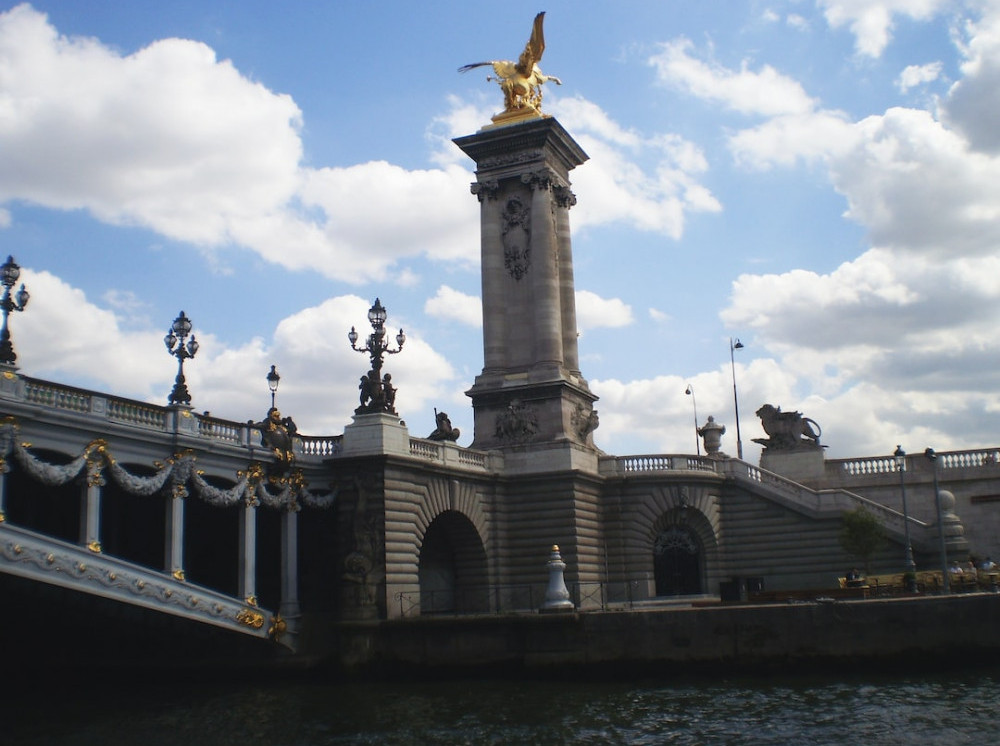In the Catholic Church, on November 1, we celebrate the solemn feast of All Saints, so Let’s look at the history of All Saints’ Day.
In the East, the Church celebrated the holiday as early as the 4th century, and through Gaul in the 9th century, the celebration also spread to the Western Church. Under the influence of the Eastern Church, towards the end of the 6th century, Pope Boniface IV introduced the feast of all martyrs in Rome. On May 13, 610, the Roman temple of the Pantheon was dedicated to the Virgin Mary and all the martyrs.
The History of All Saints’ Day Was Adapted After Pope Gregory III and Pope Gregory IV
The idea of celebrating all saints (and no longer just martyrs) got tangible expression when Pope Gregory III. (731-741) at St. Peter in Rome dedicated a special chapel in honor of the Savior, his Mother, all the apostles, martyrs, and all the saints.
Pope Gregory IV. (827-844) expressly postponed the holiday from May 13 to November 1 and ordered it to be solemnly celebrated in the Universal Church. The first testimony that the feast of All Saints was celebrated in Rome on November 1 dates back to before the year 800. The reasons why the Church introduced the Feast of All Saints arose soon after its introduction. The number of saints grew so much that there was no more possible to remember each one individually in the service.
Unrecognized Holiness Lived Among Us
On the feast of All Saints, we remember above all those countless heavenly elects hidden on earth, but before God and in truth, no one knew and recognized their great holiness. They may have lived among us, but we did not know what God’s grace had created in them. With God’s help, they knew how to preserve and fulfill the sanctification they received at baptism during their lives. The holiday also expresses the Church’s belief that, in addition to the publicly proclaimed and recorded saints in the calendar, other unnamed men and women of all times have also achieved sainthood.
The Feast of All Saints Is a Joyous Feast
The Feast of All Saints is a joyous feast that brings great comfort and courage every year to all those who have followed the path of Christ’s blessed ones so that they can overcome their internal and external sorrows and problems with patience and love. This is the solemn anniversary of our dear, older brothers and sisters in Christ, who fought the good fight, finished the race, and kept the faith (cf. 2 Timothy 4:7). Now they are rejoicing in indescribable and glorious joy (cf. 1 Peter 1:8), they also shine for us with their example, they show us how to achieve victory. They support us with their intercession, which is very significant support for our weakness. On this holiday, the worship service of the traveling Church joins the heavenly Church and, together with it, glorifies the Lord, who is the source of holiness and the glory of the elect.